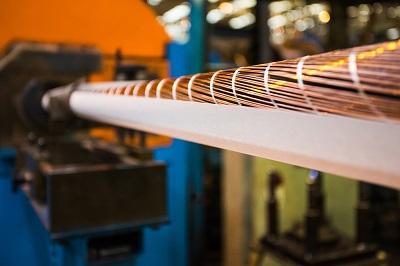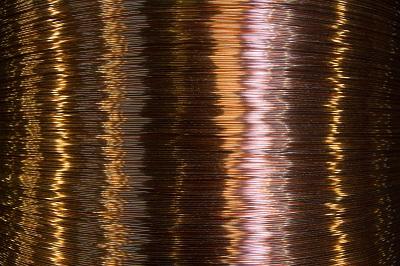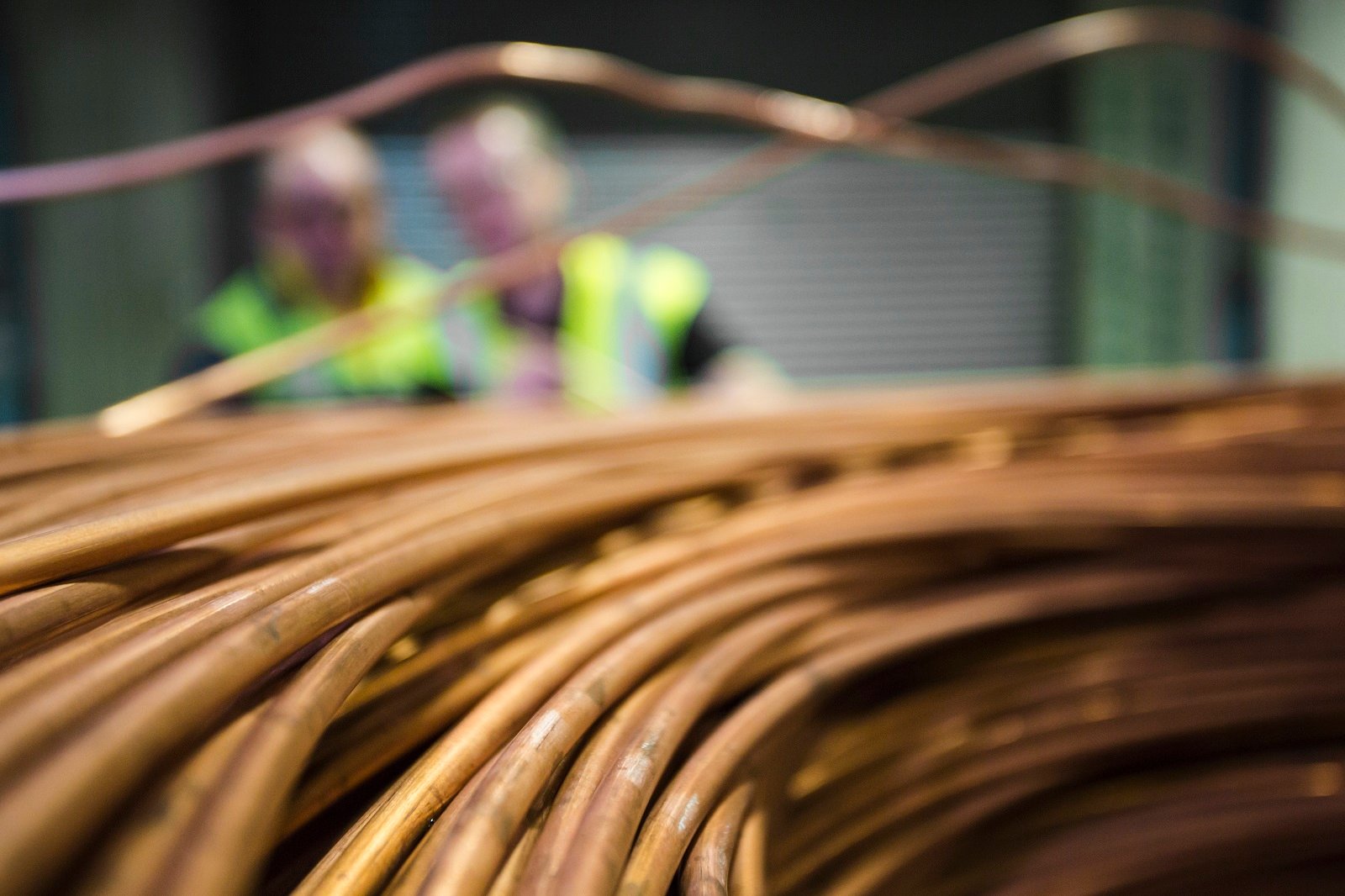Understanding copper wire: properties, benefits and sustainability
Copper was first used in simple electrical circuits in the early 1820s and has since played a vital role in power generation and distribution. Almost 70% of copper that is produced worldwide is for electrical wiring and applications. But what makes copper wire so popular? Our guide takes a detailed look into the properties of copper, the benefits and what makes it a sustainable metal.
The main benefits of copper wire

The unique properties of copper make it a vital component in power distribution for a few reasons:
Excellent Conductivity
Copper is one of the best conductors of electricity, second only to silver. Copper efficiently carries electrical current due to its atomic structure. Each atom has 29 electrons, which includes readily available valence electrons that freely move in an electric field. This free movement allows electrical current to pass through copper wire easily.
Low Resistivity
Since copper has excellent electrical conductivity, it has low resistivity. Resistivity is a measure of how much a material resists the flow of electrical current. Copper atoms vibrate less, allowing the electrons to move freely and therefore allow the current to flow more readily. This makes copper a highly efficient material for electrical applications.
Durable and resilient
How resilient is copper wire? Copper is a robust and durable metal that can last for many years, which makes it an extremely popular material. Unlike iron, copper does not rust in the air and is resistant to corrosion thanks to a protective layer that forms naturally on the surface when it encounters oxygen. This copper oxide layer is called ‘patina’ and protects the metal from further erosion.
Excellent pliability
Conductors in electrical cables must be flexible or pliable enough to be routed through floors, ceilings, and walls. Conductors are made from single or multiple strands of copper wire. Stranded copper conductors allow the cable to bend and adapt during installation and expand and contract during use.
The copper is drawn from a thick, single rod into thin strands for the conductor. This causes ‘work hardening’ so the wires are annealed to return them to a malleable state. The wires undergo a high temperature heating and cooling cycle which makes them less brittle and easier to bend and shape during installation and terminating. The same piece of copper can be annealed as many times as needed.
Is copper sustainable?

Mining and extracting copper is an energy-intensive process, so it is hard to do this sustainably – however copper is 100% recyclable. Copper can be repeatedly recycled without any loss in quality or performance so long as any impurities are removed. However, global demand for copper continues to soar, especially with the rise of renewable energy technologies and electric vehicles, so just using recycled copper is not enough to meet these demands.
According to a Parliamentary report, over 50% of copper in end-of-life products is recycled, however, this only meets 25% of the overall copper demand. As a result, copper continues to be mined, predominantly in countries such as Chile, Peru, and China. These mining activities can have serious environmental and social consequences if not conducted responsibly.
It is estimated that recycling a tonne of copper uses just 20% of the energy that would be used to mine and extract the same amount of copper, making it better for the environment. Some businesses in the UK are actively encouraging copper recycling. BT, for example, is recycling redundant copper cables that were once part of the telecommunications network.
As part of a series of sustainability pledges, Prysmian is committed to using copper with 30% recycled content and became a Copper Mark partner in June 2024. The Copper Mark is the leading assurance framework promoting responsible practices throughout the copper value chain.
Copper’s unique properties provide significant benefits in power distribution. Although challenges remain in striking a balance between rising demands and sustainable extraction, copper will remain a fundamental material in energy distribution, especially for renewable energy cable technologies. Using high quality cables manufactured by Prysmian ensures reliability whilst contributing to a more sustainable practice.



